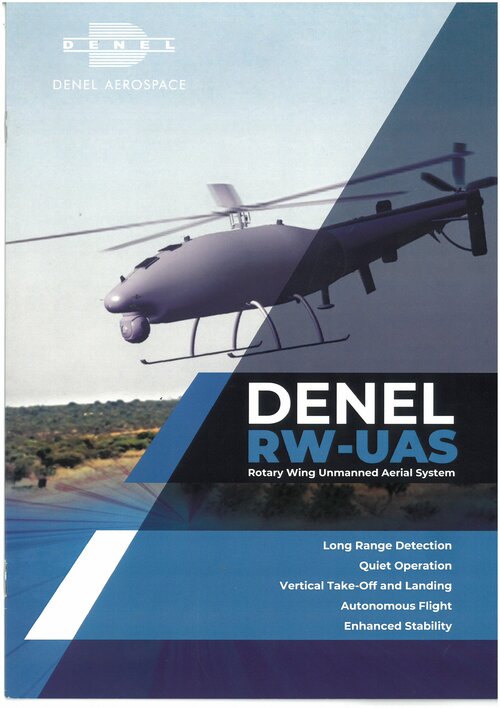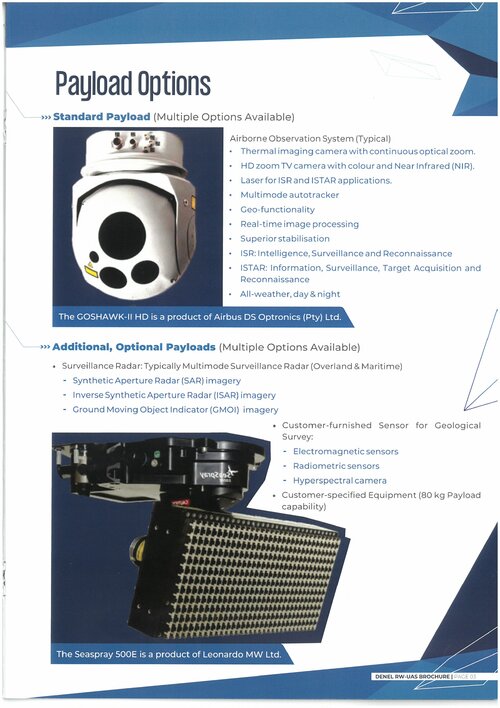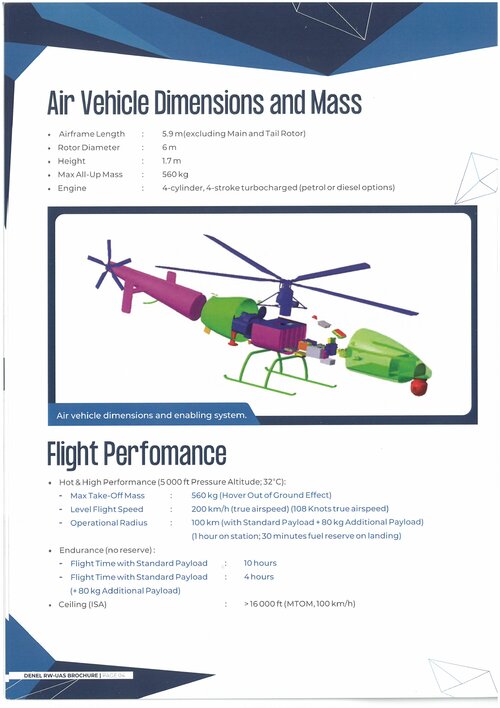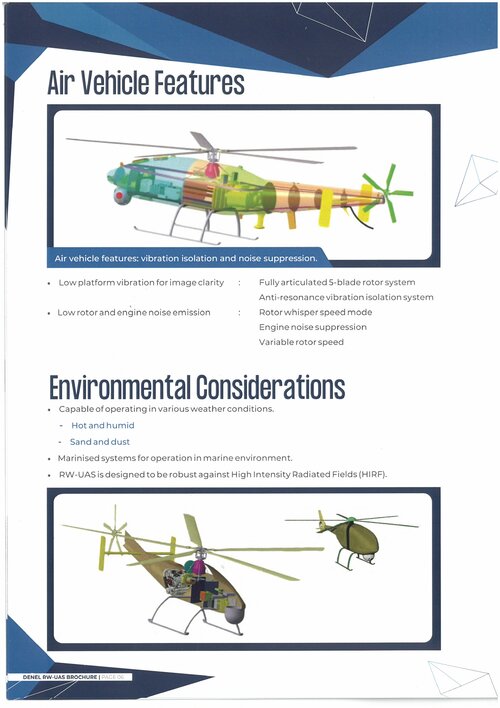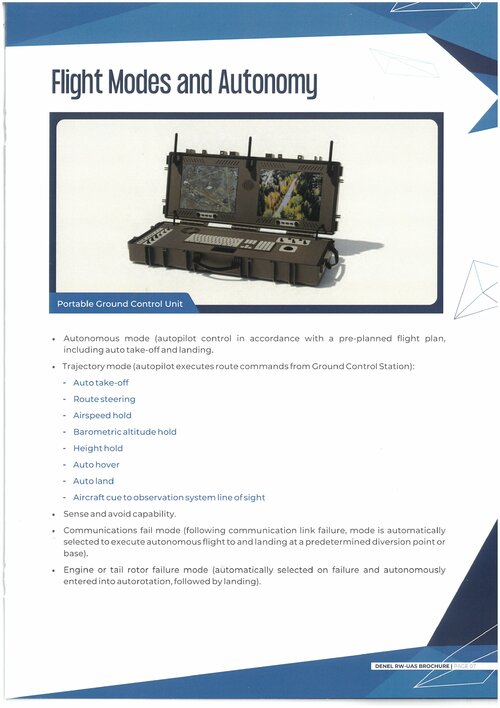IDEF 2023: Sentian Aerospace secures customer for UAVs
https://www.janes.com/defence-news/news-detail/idef-2023-sentian-aerospace-secures-customer-for-uavs
South Africa-based Sentian Aerospace has received an order for its Xplorer and Xtension small unmanned aerial vehicles (UAVs) from an undisclosed African customer, the company's CEO, Muzi Dube, told
Janes at the 16th International Defence Industry Fair (IDEF) held in Istanbul from 25 to 28 July.
Dube said both UAVs are production-ready and added that they use a similar airframe design but differ in their size and performance characteristics. The UAVs are designed to provide cost-effective solutions for missions including intelligence, surveillance, target acquisition, and reconnaissance (ISTAR); search and rescue; medical resupply; mapping; aerial survey; and scientific roles, Dube added.
The UAVs have a modular payload arrangement, enabling a range of missions without compromising the performance characteristics of the aircraft. Sentian Aerospace UAVs are integrated with the Shuri artificial intelligence (AI) system developed by Raphta, a South African software development firm, Dube said.
Among the payloads that the aircraft can carry are medical samples in a climate-controlled transport box that can be integrated in the fuselage, high-definition electro-optical/infrared sensor payloads, light detection and ranging (LIDAR), a particulate detector, multispectral cameras, and mapping cameras. Both UAVs can be fitted with extra fuel tanks to provide extended endurance.
The UAVs have a fixed tricycle landing gear arrangement for conventional take-off and landing from paved runways. The wing structure is also stressed out for the carriage of munitions and external payloads. As an option, vertical take-off and landing (VTOL) pylons can be attached to the wing hardpoints.




